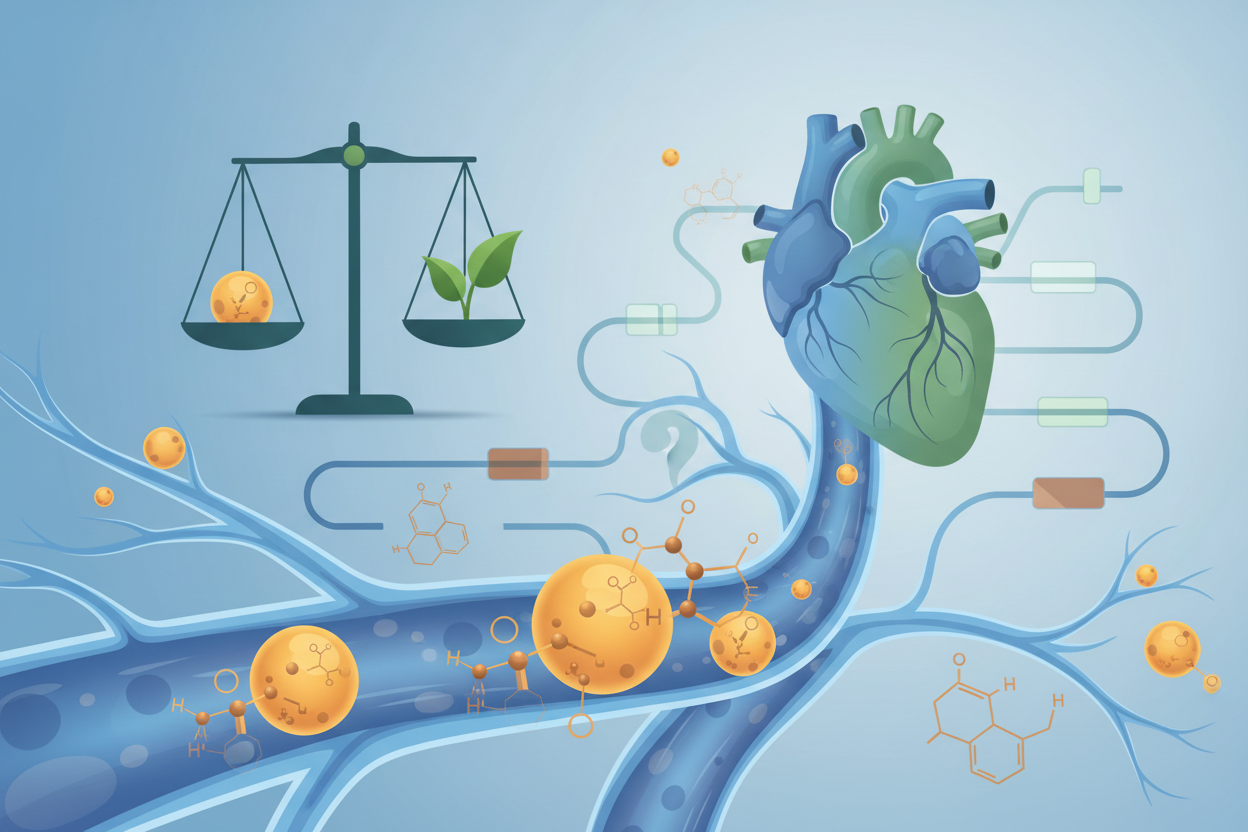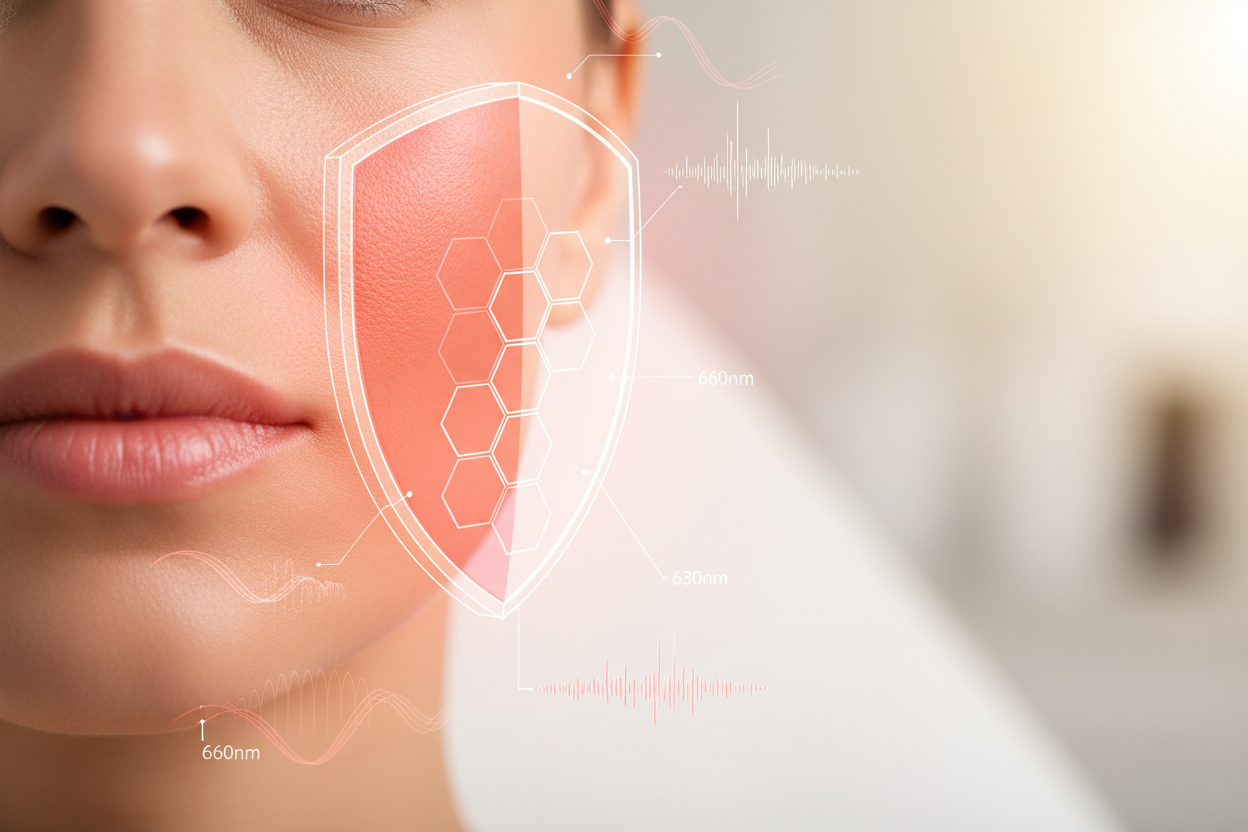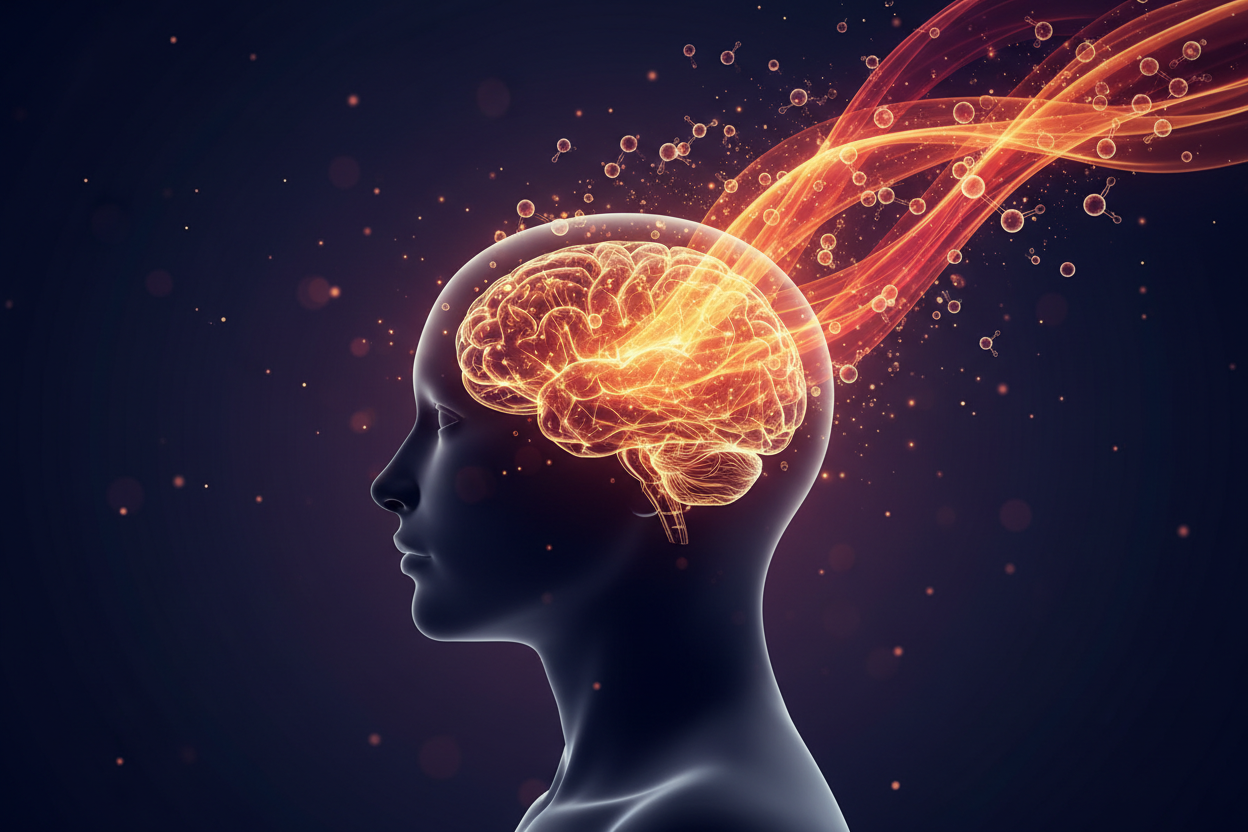Quantum view of light, UV radiation, and why conventional wisdom may harm us
We wear them daily – sunglasses. We believe they protect our eyes and health from "harmful" UV radiation. But what if this notion is fundamentally wrong and what we consider protection actually disrupts natural processes at the cellular level with far-reaching impacts on our health?
From the perspective of quantum biology and mitochondrial medicine, sunlight is not just the energy we see, nor a source of "dangerous" UV radiation. It is a complex and coherent package of information and energy, essential for the optimal functioning of our body. UV radiation, as well as the entire spectrum of sunlight, is a vital informational signal that our cells need for the proper regulation of processes such as the production of deuterium-depleted water (DDW) and the optimization of heme protein functions.
When we place an artificial filter before our eyes – typically polarized glasses – we not only distort the vibrations and coherence of the entire light spectrum, but we also remove key frequencies, including those UV ones that are vital for our cells.
Why UV radiation is essential, not the enemy
The idea that UV radiation is automatically "harmful" and must be avoided at all costs is inaccurate from the perspective of quantum biology. Our body, evolutionarily adapted to life under the sun, has developed mechanisms that use UV radiation as an essential signal for:
DNA photorepair: Sun is not only a source of DNA damage but primarily a key factor for its repair. Specific light frequencies, including UV, activate enzymes that continuously monitor and correct errors in our genetic information. Blocking this spectrum disrupts the body's natural self-repair mechanisms.
Anticancer function and activation of apoptosis: Natural sunlight (including UV) plays a role in signaling that helps the body recognize and eliminate damaged cells – a process called apoptosis (programmed cell death). This is a key mechanism in cancer prevention.
Melanin production: Melanin is not just a pigment for tanning. It is a complex photoprotective and antioxidant system that optimizes the skin's response to light and protects it from excessive stress, not merely a "barrier" against damage.
Production of nitric oxide (NO): UV radiation on the skin helps release nitric oxide (NO), which is a powerful vasodilator that regulates blood pressure, improves tissue blood flow, and has anti-inflammatory effects. This is essential for cardiovascular health.
The production of sex hormones: Light, not only through the skin but also through the eyes, directly affects the hypothalamic-pituitary-gonadal axis. It stimulates the production of testosterone, estrogen, and progesterone, which is critical for fertility, libido, energy, and overall hormonal balance in both men and women.
Dopamine and other hormones/neurotransmitters: The correct light spectrum, especially in the morning, influences the synthesis and release of dopamine (the motivation and reward hormone), serotonin (the happiness hormone), and other neurotransmitters. This has a crucial impact on our mood, alertness, cognitive functions, and stress regulation.
Real problem: Polarization and absence of the full spectrum
When polarized glasses block specific light vibrations and simultaneously filter out important parts of the spectrum, including UV, "electric scars" occur in our tissues. Long-term exposure to such "trimmed" and coherently disturbed light leads to weakened function of heme proteins, reduces the production of key DDW, and triggers a cascade of changes leading to mitochondrial dysfunction.
This condition manifests as chronic inflammations, weakened immunity, and degenerative processes, which are the basis of many chronic diseases such as cancer, autoimmune conditions (Crohn's disease), neurodegenerative disorders (ALS, multiple sclerosis, Alzheimer's and Parkinson's disease), or skin problems (eczema).
Just like poor diet or chronic stress, altered and incomplete light information can also be a strong trigger for these serious conditions. It is not the UV radiation itself, but the lack of a full, natural, and coherent light spectrum (including UV) and light polarization that can be the real culprit.
How to protect and restore the natural light environment?
Does this mean you have to give up sunglasses forever? Not quite. It's more about informed decision-making and balance.
Prefer non-polarized glasses: If you are buying sunglasses, consider those that are not polarized but still provide sufficient glare protection in extreme conditions. For drivers, polarized glasses can be safer in certain situations, but try not to wear them all the time when you are outside.
Enjoy direct sunlight (without glasses): In safe times (early morning or late afternoon), when the sun is not too harsh, allow your eyes and skin direct, unfiltered sunlight. Just a few minutes can have a huge impact on your heme proteins and DDW production, hormone stimulation, and DNA repair. It is important not to expose yourself to the sun to the point of burning your skin or damaging your eyes – it’s about dosing and intelligent exposure.
Optimize water intake: Focus on drinking quality, structured water. Although deuterium-depleted water is specifically produced, even regular clean water and hydration are key for mitochondrial health.
Overall quantum lifestyle: Besides light, also consider other factors of quantum biology: grounding (contact with the Earth's surface), healthy eating (organic food), minimizing artificial blue light after dark, and getting enough quality sleep.
Remember, your body is evolutionarily adapted to natural sunlight. The modern lifestyle with artificial lighting, constant screen time, and filtering of the sun moves us away from optimal functioning. Understanding the role of light is the first step to rediscovering the path to true health and vitality.





Leave a comment
This site is protected by hCaptcha and the hCaptcha Privacy Policy and Terms of Service apply.